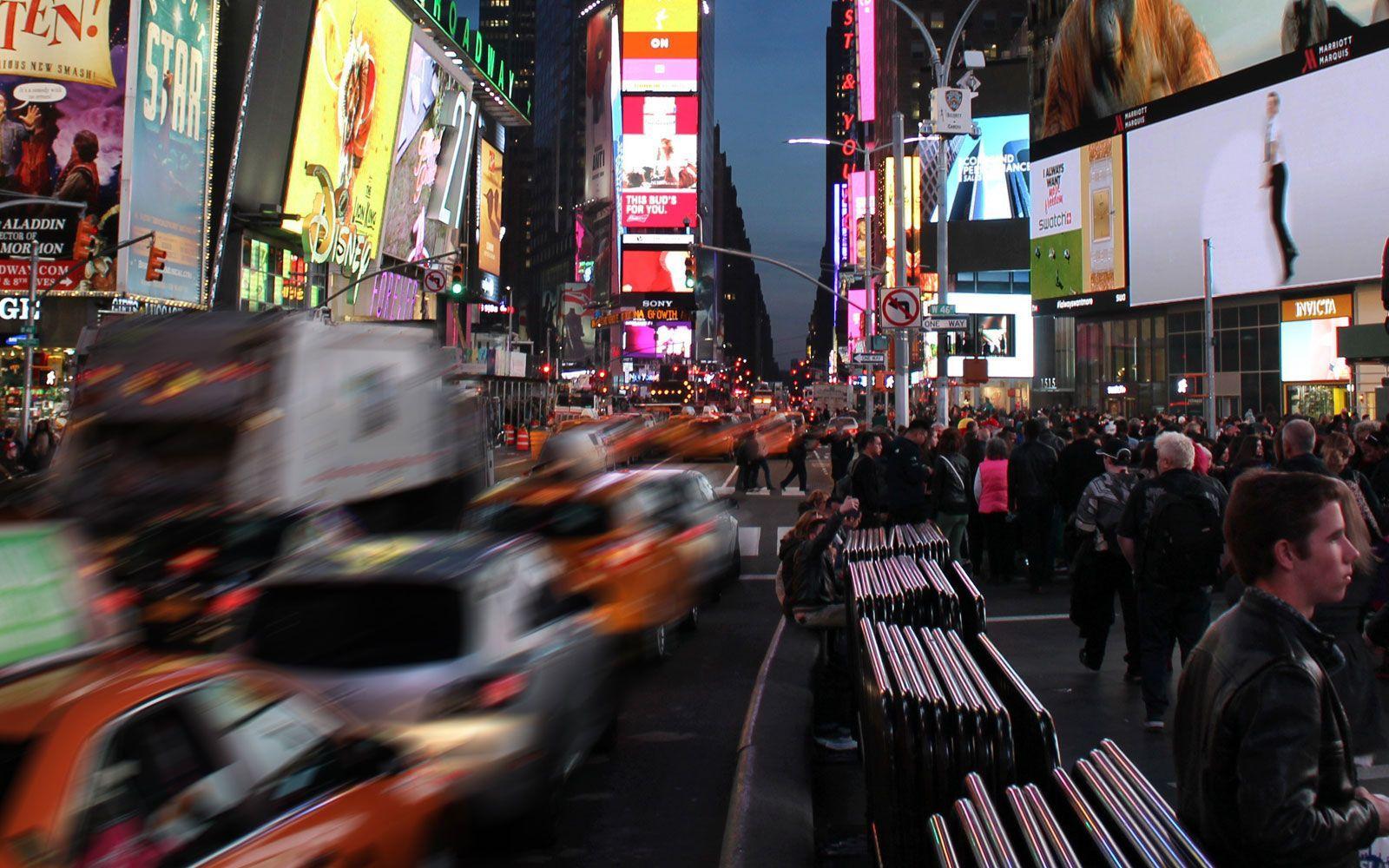News >

Outdoor Media Group’s Ryan Laul Details How the Billboard Has Become King in FYC
This article was originally published by The Hollywood Reporter.
More than 700 shows vied for Emmy nominations announced July 16, but the real winners may be the outdoor advertising companies seeing massive increases in demand for L.A. billboards and inventory shortages.
While replugging content during awards voting is old hat, in the past three years competition for billboard space has become “almost quite onerous,” says Ryan Laul, president of Outdoor Media Group, which works with CBS and HBO to place ads. Streamers and traditional networks, fighting to attract top talent in a landscape of megadeals, are shelling out for six-figure signage along the Sunset Strip to show their commitment to stars and creatives.
“The billboard has become king in FYC campaigns,” says Showtime director of awards Austin O’Malia. “It’s a statement to everyone that sees it that this is a real contender.” As a result, media-buying agencies and TV companies are planning earlier and spending more to nab prime billboard space in key locations.
For decades, spring and early summer in L.A. have been heralded not just by June Gloom but by ubiquitous visual reminders that 20,000-plus TV Academy members soon will vote on Emmy noms.
But today, L.A.’s top outdoor advertising companies are seeing year-over-year increases in FYC spending, due in part to the arrival of Hulu, Amazon and Netflix shows as contenders.
To compete, marketing departments must plan their Emmys FYC billboards earlier. “In prior years, we could start in February or March,” says O’Malia. “If you wait that long now, you would really risk getting shut out or losing some of the more valuable opportunities.” Showtime now has billboard placements planned by the end of the previous year, while CBS All Access begins strategizing soon after the prior year’s Emmys, and Netflix starts early in the year.
The most in-demand real estate is the Sunset Strip, where a four-week ad on a prime billboard now costs $75,000 to $150,000. Inventory there already was limited in 2018 when Netflix purchased a reported 35 billboards from Regency, further decreasing the supply to only 108, per one source, and driving up costs. “It’s one of the saddest things that happened on Sunset Boulevard since the Marlboro Man came down,” says Gino Sesto, founder of media-buying agency Dash Two.
Contenders also typically target the city’s Westside — placing ads in Santa Monica and Brentwood, on Beverly Boulevard and near the studios. Rates now range from $7,500 to $30,000 for four weeks. (In 2016, the low end was $2,500.)
“We get a lot of ‘Hey, there are certain people that live at this address that we need to try and target, so what’s available around there?’ ” says Laul. “Or ‘Can we get a path on this road because we know that’s between their studio and home?’ ”
So where is the advertising overflow going? Showtime and CBS All Access have placed ads on the Eastside, betting that voters live there too. About 75 percent of FYC campaigns run by Clear Channel Outdoor are “premiere panel” networks — ground-level billboards in areas with fewer high-visibility billboards. And New York City now sees about 2 percent to 5 percent of Emmy ads, Laul estimates, including one for The Marvelous Mrs. Maisel, which took up a block in Times Square.
Networks and streamers also are turning to permanent billboards — whose contracts last 12 months or longer — that they can leverage during FYC season (which, for Netflix and Amazon, arrives twice a year, given both are in the Oscar race as well). That’s also creating more demand on a monthly basis. Says Laul: “We’re dealing with a considerable amount less inventory, and a lot more people who want it.”


